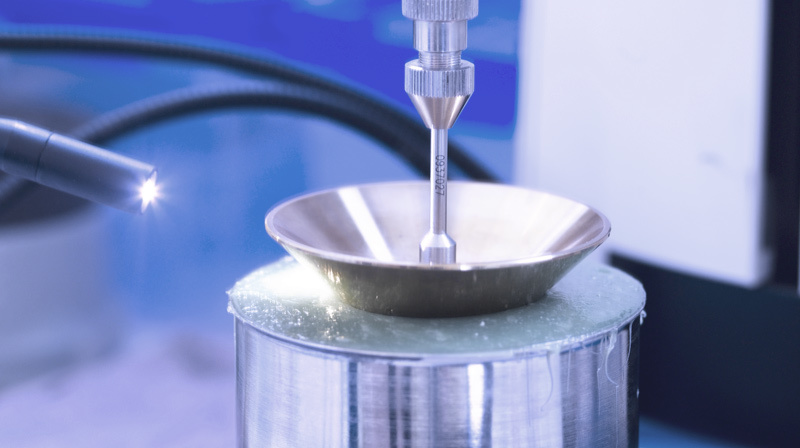Kinematic Viscosity
Kinematic viscosity is the speed, at a given temperature, at which a fluid flows from point A to point B. The benchmark temperatures are: 40°C and 100°C.
ISO viscosity is expressed in square millimeters per second (mm2/s), at 40°C or 100°C.
There are international ISO (International Organization for Standardization) standards for viscosity. Tolerances allowed by ISO grading are +/- 10% with respect to the reference value.
Viscosity Index (VI):
Viscosity varies depending on temperature. It drops as temperature rises. Conversely, viscosity increases as temperature drops.
At high temperatures, viscosity has to be enough to ensure a proper lubricating film. At low temperatures, viscosity must not be too high, otherwise the lubricant does not flow and cannot be pumped.
The viscosity index defines the relationship between viscosity and temperature. The higher the viscosity index, the less sensitive the lubricant is to variations in temperature.
Flash Point (FP):
This is the lowest temperature at which vapours arising from the oil in an open cup will ignite momentarily causing a flash on application of a flame under specified conditions.
Fire Point, Burning Point, or Ignition Point:
This is the lowest temperature at which an oil vaporizes sufficiently rapidly to form above its surface an air-vapour mixture which burns continuously when ignited by a small flame.
Self-Ignition Temperature:
This is the temperature—one that is sufficiently high—at which the oil spontaneously combusts. No flame is required.
Pour Point or Freezing Point:
This is the temperature at which the oil changes state, from liquid to solid, as the result of a decrease in temperature.
Drop Point of a grease:
This is the temperature at which the base oil separates from the thickener or from the soap-base of a grease. Liquefication begins. The grease goes from a plastic state to a liquid state.
Consistency:
A measure of how firm a grease is, consistency is defined by the penetration of a cone into a small cup of grease. It can be measured in terms of non-worked penetrability or worked penetrability (worked penetrability is tested using a standard grease worker, which simulates the mixing of a grease within a bearing).
Consistency, as defined by the National Lubricating Grease Institute (NLGI), is an indicator of the “hardness” of a grease, using a standard grease worker. Most greases have an NLGI consistency of 2 (soft grease): which means they have a worked penetrability between 265 and 295 mm.

Wear Resistance—The Four-ball Wear Test:
The Four-ball Wear Test characterizes the ability of a lubricant to resist wear. The load is measured (seizing, welding-point in Newtons), as well as the size of the scar imprint (in mm).
DN Factor (or Value):
DN Factor defines, for a bearing, the rotation speed of that bearing at which a lubricant can be used. It is given mathematically as:
DN = (average bearing diameter in mm) * (the bearing speed in rotations/minute).